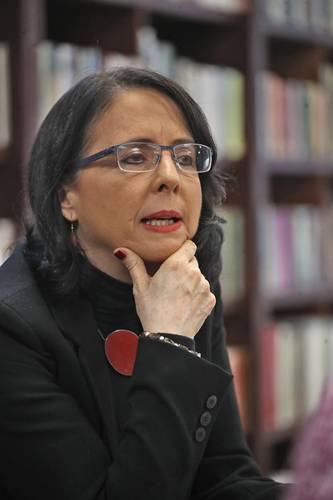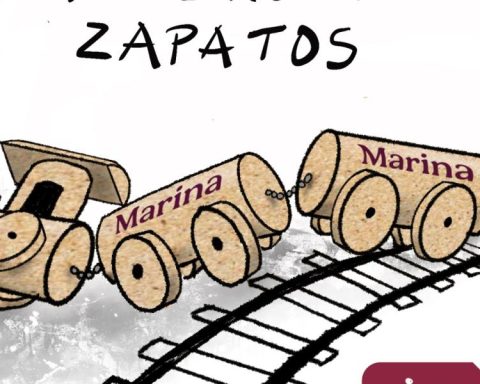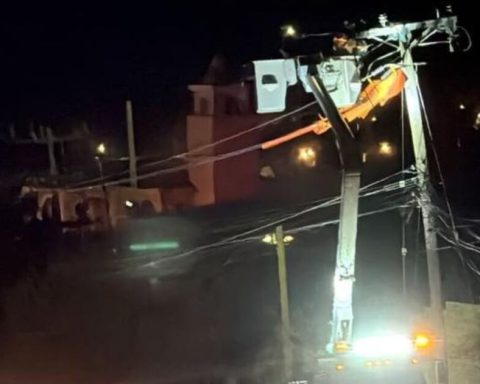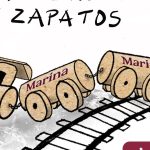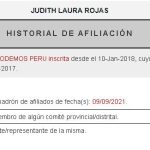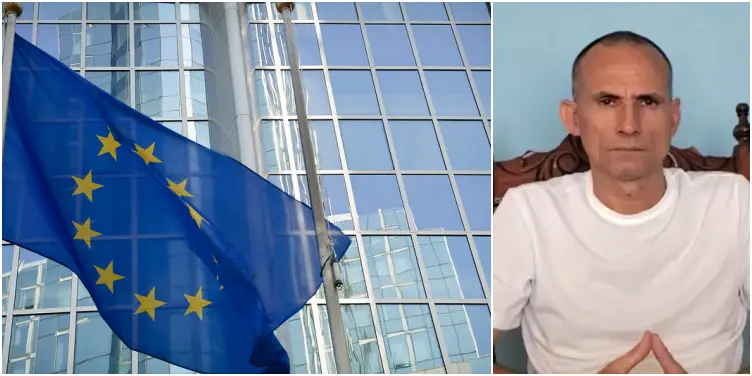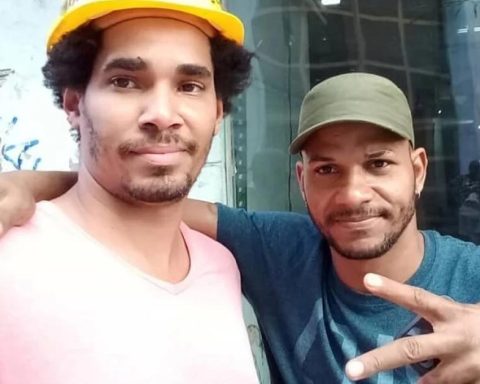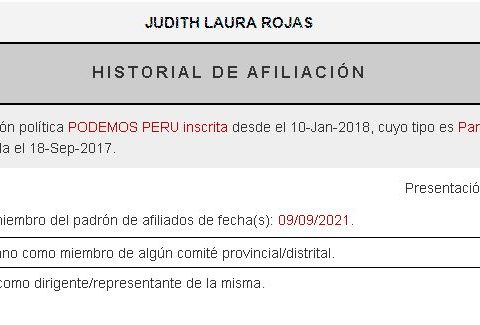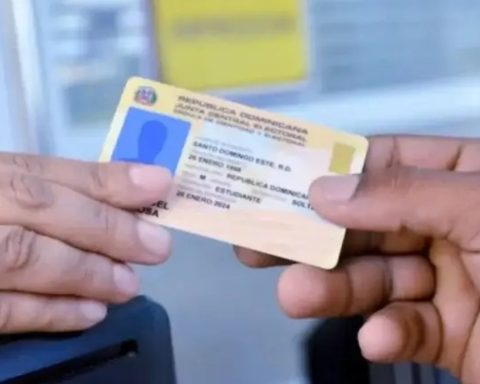Laura Poy Solano
The newspaper La Jornada
Tuesday, September 17, 2024, p. 16
Having a Secretariat for Science, Humanities, Technology and Innovation in the next federal administration is positive if it gives the sector a greater presence in the government and a better budget allocation, said Elena Álvarez-Buylla Roces, general director of the National Council of Humanities, Science and Technology (Conahcyt).
In an interview with The DayThe official stressed that it will be a priority not to lose the transversality, collegiality and inter-institutionalism that was built in this six-year term to promote the transformation of the sector.
That Conahcyt had a “highest governing body, collegial and strengthened by the new General Law on Humanities, Sciences, Technologies and Innovation, It gave it enormous strength. Many of its successes have to do with this collegial and democratic functioning, and with its ability to influence and act with various departments.
.
The one that will be created, as announced by the president-elect, Claudia Sheinbaum Pardo, “recovers aspects of the original proposal of General Lázaro Cárdenas del Río to integrate higher education, science and technology, with which he created the National Polytechnic Institute.
I see a maturation of that perspective, because in the current six-year term an important part of the social revolutionary spirit that had the origin of Conahcyt has been rescued, and I like that coincidence, it fills me with hope that there is greater conjunction between higher education and scientific development.
After 50 meetings with the transition team of Dr. Rosaura Ruiz Gutiérrez, who will head the new department, she explained that not all higher education will be integrated into the new secretariat. It will only absorb two universities: Rosario Castellanos and La Salud, which were two great projects of Dr. Sheinbaum and which have been very successful in opening enrollment to thousands of students.
in addition to the creation of at least two undersecretariats.
Álvarez-Buylla, who said she was satisfied with the fight against corruption in the scientific sector, particularly in the awarding of scholarships to postgraduate students, as well as in the collection of tuition and services in public postgraduate courses, pointed out that not only is a sector ready to promote a new State Secretariat, There are also many results such as the creation of a new National Postgraduate System and a Network of National Laboratories.
free of conflict of interest.
▲ For the head of Conahcyt, combating corruption helped the sector a lot.Photo by Yazmin Ortega
However, he pointed out that there are still tasks pending, such as promoting a greater number of positions for highly qualified young scientists, but who are not in higher education institutions or specialization centers.
He highlighted that during his administration, more than 4,786 young people who had completed their doctorate were served, and that They did not receive a postdoctoral fellowship, so we grew 600 percent in this coverage.
although he acknowledges that more needs to be addressed.
Another challenge for the next administration is to maintain the Investigadoras y Investigadores por México project, which has 1,261 positions granted by the Ministry of Finance and Public Credit and which has allowed young people to join the National Strategic Programs (Pronaces) with its 10 priority axes, and the Research and Incidence Programs (Pronaii).
I hope and trust that this program will grow as a secretariat, because it has yielded important results, with advocacy projects that have given young people the opportunity to contribute knowledge to solve urgent problems that affect the population, such as rescuing a contaminated river or determining the causes of death in highly contaminated areas, in addition to the fact that there are some positions for researchers who collaborate with public agencies on different topics.
He added that another central aspect is transversality, since with the Pronaces the participation of at least 10 thousand researchers and 170 higher education institutions was achieved, And if we consider the students, they number more than 20 thousand, that is, a third of the academic communities.
.
He stressed that 1.7 billion pesos were invested in both Pronaces and Pronaii, which It seems like a small figure compared to the 45 billion that were given in previous administrations to the private sector and transnationals, but these are public resources that have been well applied and have yielded excellent results.
.
